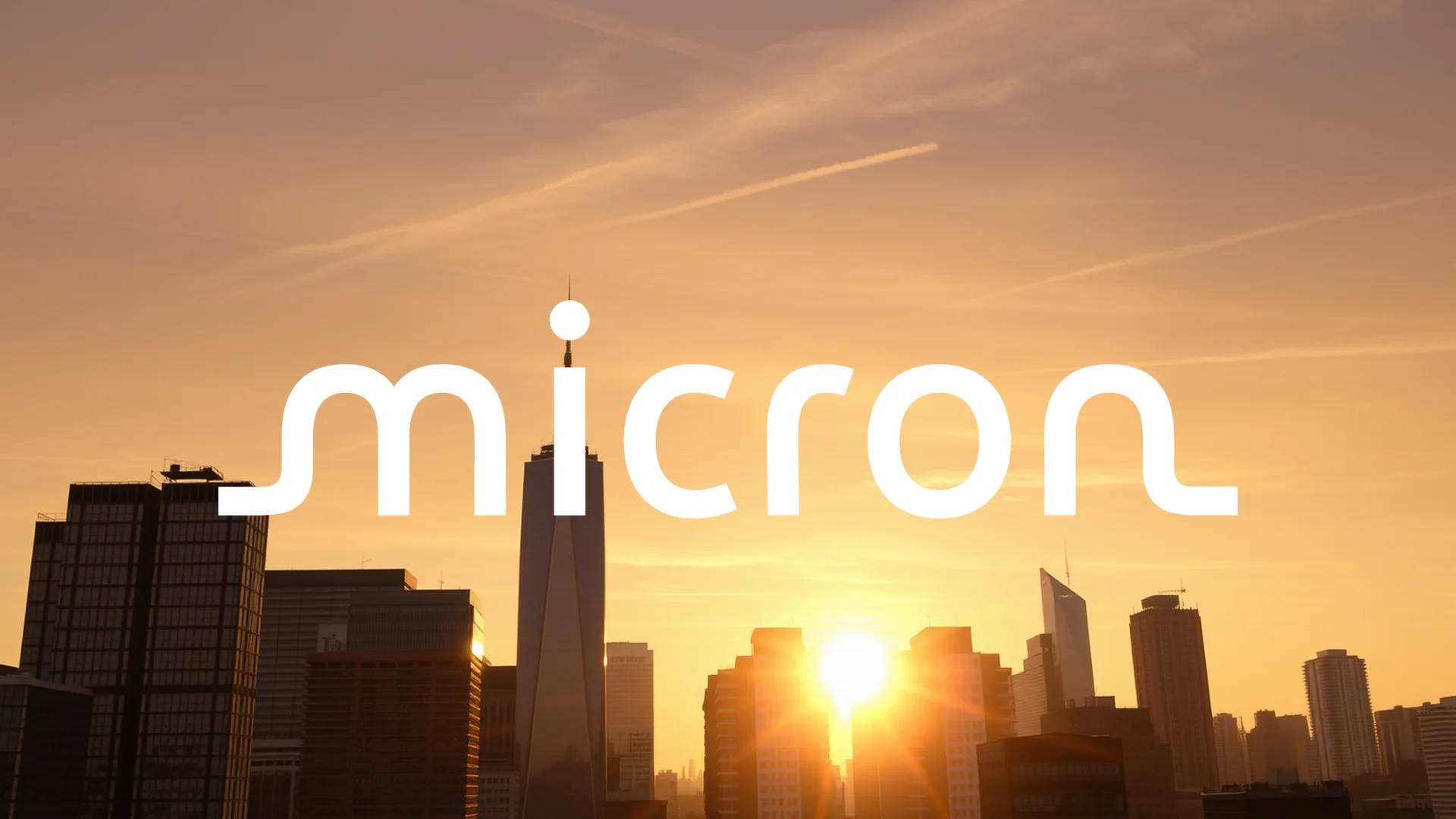The artificial intelligence sector is fueling an unprecedented demand for specialized memory chips, and Micron Technology finds itself at the epicenter of this technological shift. As requirements for high-bandwidth memory (HBM) skyrocket, financial institutions like UBS are significantly upgrading their outlook for the chipmaker. The central question for investors is whether Micron’s manufacturing capabilities can scale sufficiently to capture this extraordinary opportunity.
Record Performance and Strategic Investments
Recent financial results underscore the company’s strong operational performance. For the fourth quarter of 2025, Micron reported record revenue of $11.32 billion, with earnings per share reaching $3.03. A particularly notable achievement was the return of gross margins above 50% for the first time since 2018.
The company is making substantial capital investments to support future expansion. Capital expenditures totaled $4.93 billion in the last quarter alone, with plans to invest $18 billion throughout 2026. These funds are primarily allocated toward expanding DRAM production capacity to meet growing market needs.
UBS Raises Price Target on Revised HBM Forecasts
In a significant vote of confidence, investment bank UBS has increased its price target for Micron shares from $195 to $225 while maintaining its buy recommendation. This adjustment follows substantial upward revisions in HBM demand projections. The firm now anticipates demand reaching 27.2 billion gigabytes by 2026, with an additional 35% increase expected in 2027.
Market experts point to two primary factors driving this demand surge. Beginning in 2026, OpenAI will require approximately 700,000 units featuring HBM3E technology. Simultaneously, UBS projects higher unit volumes for NVIDIA’s Rubin platform. According to analysts, “This demand wave represents a structurally sustainable trend.”
Should investors sell immediately? Or is it worth buying Micron?
Production Capacity Emerges as Critical Challenge
Despite the optimistic outlook, Micron faces operational hurdles. The company’s new facility in Idaho isn’t expected to deliver significant production volumes until the second half of 2027. This timing gap could potentially limit Micron’s ability to fully capitalize on the current demand cycle.
Nevertheless, UBS research suggests the company will achieve “modest market share gains” within the HBM sector. Investor confidence is already reflected in the stock’s performance, with shares advancing more than 120% since the beginning of the year and approaching new record levels.
Industry Transformation and Long-Term Outlook
The memory chip industry is undergoing a fundamental transformation, with HBM technology becoming indispensable for advanced AI applications. This shift creates a multi-year growth window for established industry leaders like Micron.
The critical uncertainty remains whether Micron can accelerate its production ramp-up quickly enough to benefit from this historic industry expansion. Forthcoming quarterly results and progress reports on manufacturing expansion will provide crucial indicators of the company’s trajectory.
Ad
Micron Stock: Buy or Sell?! New Micron Analysis from November 27 delivers the answer:
The latest Micron figures speak for themselves: Urgent action needed for Micron investors. Is it worth buying or should you sell? Find out what to do now in the current free analysis from November 27.
Micron: Buy or sell? Read more here...










